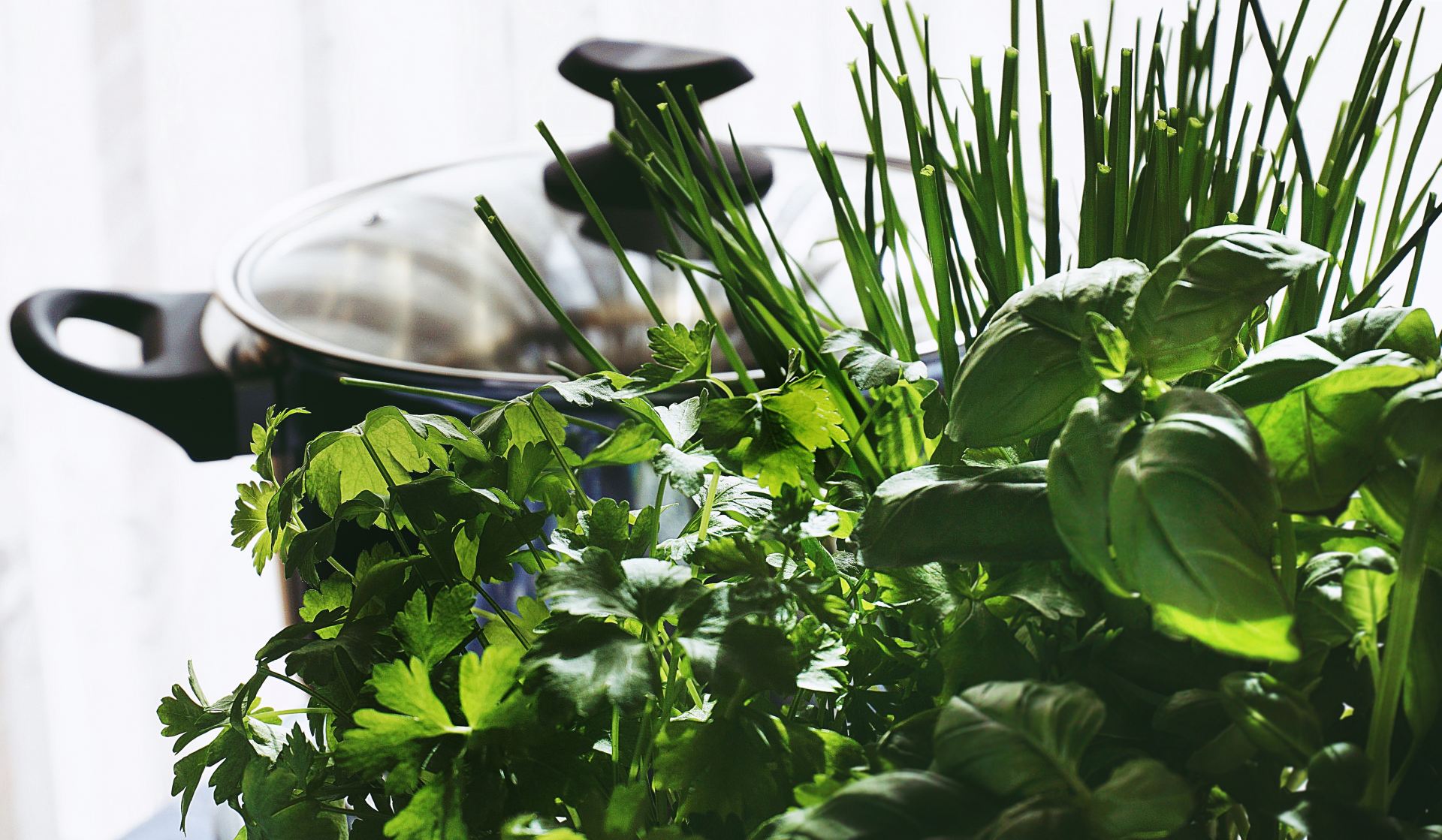Hi, I am George. I am a third year Geography student, I started creating content in my first year and have enjoyed every minute of it- I especially enjoy writing about environmental issues.

Herbs have a multitude of different uses, including cooking, medicine and cosmetics. Growing your own herbs can be great when you need a herb in a pinch and fresh herbs often taste better too! With this in mind, here is a step to step guide on how you can grow your own herbs at home.
Decide on your Herb

When choosing which herbs to grow, you should consider how you intend to use the herb once it has grown. This link will give you a quick guide on different herbs and their characteristics. It must also be noted that if you choose to keep your herbs potted indoors then some herbs will do better than others. If you want to keep something on the windowsill without having to worry about it too much, basil is a good choice. It requires lots of direct sunlight, just make sure it’s watered often! If you’re really struggling with what to choose, here is a very insightful article on the growing requirements of a few popular herbs. It may come down to just experimenting and seeing what herbs grow best in your space!
Planting
Most reliable sources suggest planting from the seed as herbs brought from a supermarket pre-grown are often exposed to harmful chemicals and kept in hot conditions, this causes them to die much more quickly. Sowing is quite simple, just grab a pot of your choice filled with a potting mix best suited to the herb you chose and using something pointy like a pencil lightly prick a hole in the soil a few centimetres deep and pop the seed in. Once the hole is covered over with soil, lightly water making sure not to over-water as this can attract small flies called gnats and fruit flies which feed off of the organic matter in damp soil. A lot of garden centres also sell pre-potted herb plants which can often survive better than supermarket plants, but bear in mind that these are often larger plants that would do better outside, and will generally cost more!
Harvesting

Once the plants are underway and planted, it’s important to maintain a consistent watering cycle to ensure that the seedlings are constantly nourished. It may also be useful to place a clear plastic cover over the top of the pot which helps to keep the soil damp with condensation. When the plant gets stronger after a few months you should see greater growth rates, signalling that the plant is ready for harvest. It’s important that you are regularly harvesting from the plant as it encourages new growth which keeps the plant healthy and full of energy!
Sowing seeds is relatively straight forward but keeping the seedlings healthy and able to emerge from the soil is the part that takes time, however, once you have both of these things covered you’ll be well on your way to growing your own herbs. You may even want to experiment with sowing other types of seeds!




